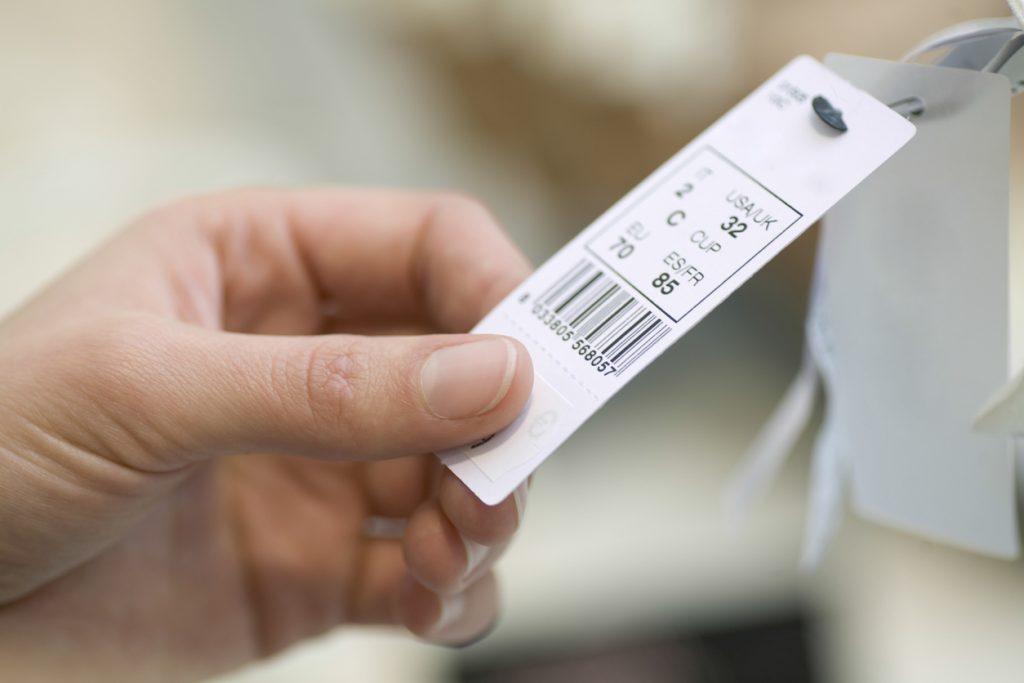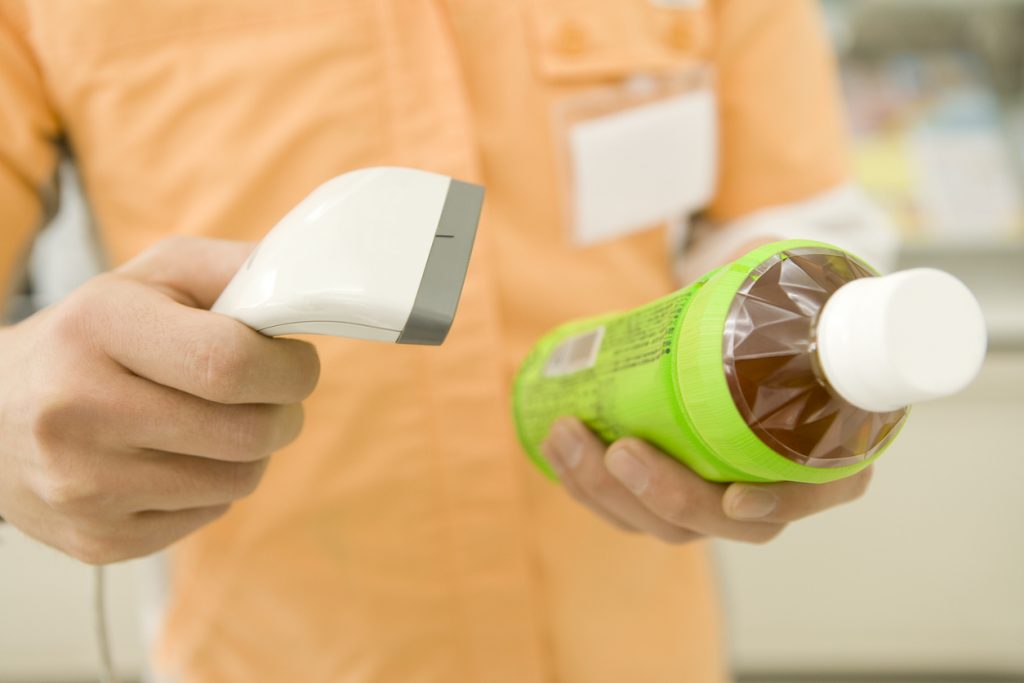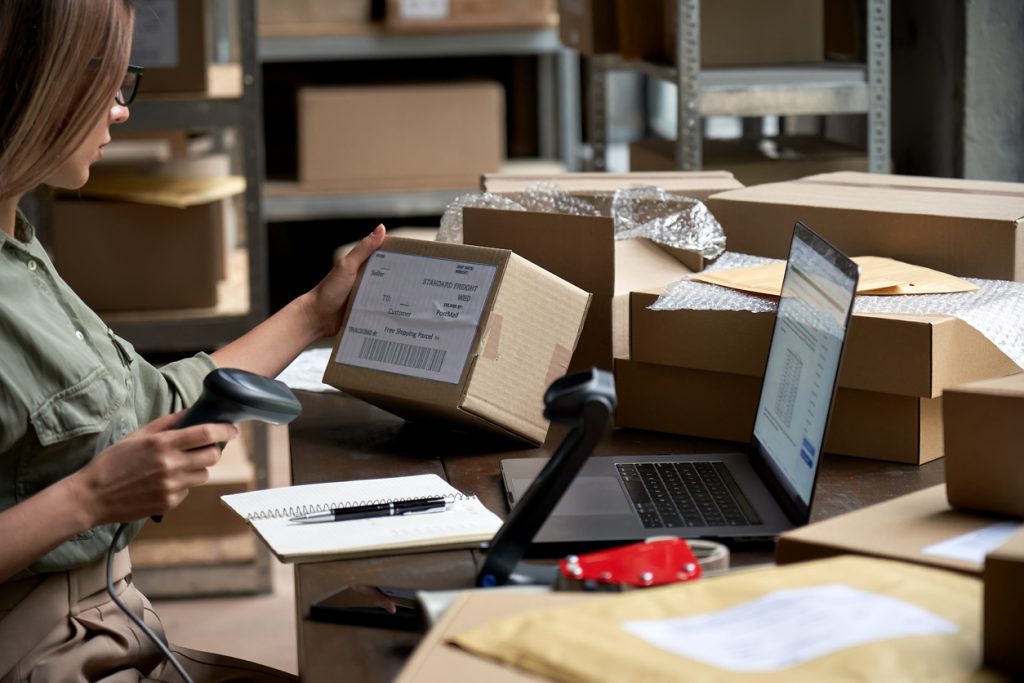
In the world that we currently live in, it’s hard not to find barcodes wherever you go. You can find barcodes on boxes of food, bottles, magazines, and even billboards in the street. In high street shops that you go in, there are also barcodes on clothing items, furniture, appliances; they are everywhere.
We have previously discussed barcodes in the food industry, how they are used and how they are changing the food industry. Now, we will look at barcoding in the retail sector and why it is important on various levels.
How Are Barcodes Used In The Retail Industry?
The concept behind barcodes is that they encode information about a specific product and even a batch of products. So, for example, if you have a box of shoes, the package itself will have a different barcode to the ones on the individual pairs of shoes.
The reason for this is that the two different items share entirely different pieces of information. For the shoes, the barcode will contain information about the country it was issued, the manufacturer, and the product itself. However, for the box, the data will most likely consist of where the shoes were packaged, where they are going, and a tracking number so that the distribution line can quickly identify them.
When looking at barcodes for retail products, the two most common forms of barcodes used are UPC, or a Universal Product Code, barcode and a Code 128 barcode. The two are incredibly similar, but their uses are entirely different.
Different Barcode Types in Retail
Nearly every product within retail uses UPC barcodes. They are used as pricing tags within retail; this barcode tracks items within their stores and keeps information such as the price, where it was made, and what batch of goods it came from. In addition, a UPC barcode features the manufacturer’s information in addition to the unique product number.
Code 128 barcodes derive from the ASC11 123-character set and are used to manage large amounts of stock. These barcodes are typically used on the boxes that contain individual items to help with packaging and shipping. These are the most popular high-density linear barcode.

Barcodes in Retail: Do They Help, Or Are They A Hindrance?
The straightforward answer to this question is that barcodes have massively helped the management of retail stores around the UK and even the world. One frustrating thing that can happen with customers and the staff within a retail store is when the barcode doesn’t scan properly, and the staff members must perform a manual price check, which admittedly can use up precious time. Still, the advantages completely outnumber this minor point.
By using an effective barcoding solution alongside barcode labels, a system that can keep track of the store’s inventory can hold every product. This is great in the intense shopping season, such as the New Year’s sales, as the store can then keep track of every product and find out if a particular product is out of stock, in which the store can then bring in more stock. In addition to products, barcodes can be used for shelving locations in stockrooms, allowing retailers to link the site of a product in the stockroom to that product’s detail on the shop floor. This can mean that if a customer requests a product in a different size, a shop floor assistant can quickly discover if the alternative size is in stock and direct a stockroom assistant to find the product for a customer right away.
Compared to when retail barcodes were not available, it has drastically changed how retail store managers keep on top of their stock and saves the store a lot of money.
Another use of barcodes in retail is employee identification. Certain retail stores require that their staff members present cards to scan that allow them into the storeroom. Using these barcode labels is a much better way of keeping records of when employees go in and out of the store compared to the old-fashioned punch card system.

How GSM Barcoding can Help with Retail stock management
Retail stores worldwide utilise the barcode, and it can be said that it has revolutionised the way that we shop and keep to strict stock control guidelines. At GSM Barcoding, we specialise in providing the perfect stock control solutions for your business to ensure that you manage your stock perfectly and easily keep tabs on everything distributed through your company.
Not only can we assist with the stock control solutions, but we also offer a one-stop-shop for all things barcoding. Our mobile barcode scanners can offer your retail team the equipment they need to help track and manage products quickly and efficiently. We can also help with asset tracking systems for companies that may require more products and equipment between stores.
What’s more, with our card printers, you can integrate a loyalty scheme for customers, where scanning their card’s barcode can get them discounts and offers. As a result, the cards can offer a quick and effective way to help attract new customers and strengthen the relationships with existing customers.
If you want to know more information, please don’t hesitate to contact us today, and we will be more than happy to help.
To learn more about this and the technologies that can help you stand apart from the competition, increase your productivity and improve your warehousing, download the full, free report below:
DOWNLOAD NOW

















